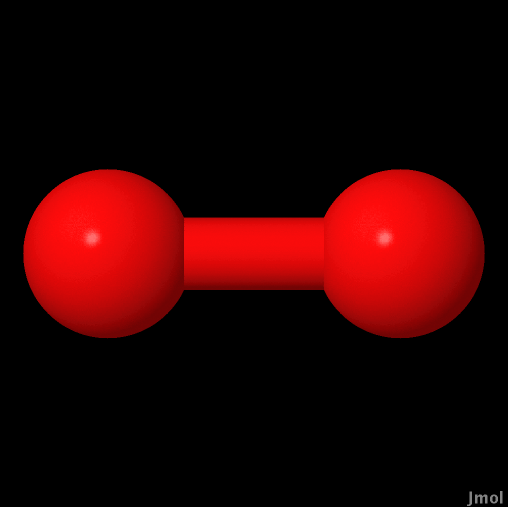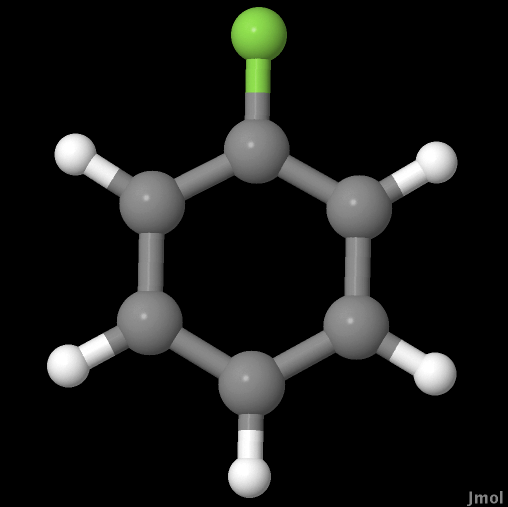Lucas Esser and Stefanie Bell
Introduction
The
electronic structure of a
molecule is useful to determine the reactivity. When the electron
density is
determined, it is possible to predict other properties of the molecule
and gain
knowledge of the reactivity. The dipole moment, polarizability,
frequency of
vibration, and electron donating character may be calculated from the
electron
density.
It is necessary to have a respectable understanding in
quantum
mechanics to use the calculations. Since
the calculations are very time
intensive, software may be useful in approximating the results. Most of
the
approximations are done by the variation principle.
The principle states that the lowest energy approximations are
closest to the actual physical quantities.
The approximation methods
are very
useful for complex molecules that are difficult to solve analytically.
Molecular Mechanics is a program that may be used to solve classical
mechanics.
GAMESS, a software program with high accuracy approximations, is useful
in approximating
calculations for complex molecules. GAMESS is capable of two different
approximation
methods, semi-emperical and ab initio. Ab initio theory calculations
have the
best approximations for molecular mechanics. The Hartree Fock
Self-Consistent
Field model is used in Ab initio theory calculations with a manually
selected
basis set size. The basis sets allow the approximations to improve.
Once the electronic
structure calculations are done for each molecule with the highest
level of
theory, the other molecular properties may be calculated and compared
to
empirical values.
Experimental
Conclusion
This
experiment examined how
computer computations can show the molecular geometry of molecules and
helps to
determine the other properties of molecules including vibrational
frequencies, dipoles,
and spectral absorption peaks. These calculations may be used to
predict the
accuracy in different levels of theory.
The molecular geometry computations allow us to create the
molecular
orbital diagrams for each molecule.
We examined 3 different levels of theory and observed each one
has a
different level of accuracy. Some calculated values did not compare to
the
theoretical values, such as the dipole moments. Using computer software
for these calculations helps save time, however error may be missed if
not
carefully analyzed. One of the most useful calculations is the
molecular
geometry. These calculations
should be consistent with literature values.



References:
1. Mihalick, J.; Gutow, J. Molecular Orbital (MO) Calculations. Chemistry 371 Lab Manual Spring 2011. Oshkosh, WI, 2011.
2. (MOPAC 6) M.J.S. Dewar J. Mol Struct. 100, 41(1983); M.J.S. Dewar, EG. Zoebisch, E.F. Healy, J.J. P. Stewart J. Am. Chem. Soc. 107, 3902(1985).
3. The Jmol Development Team. http://www.jmol.org, accessed March 2011.